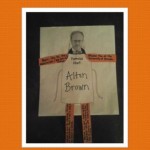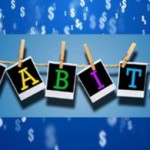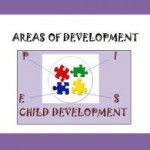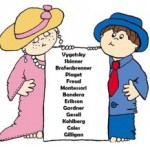
While listening to the news on the radio, it was announced that in Pennsylvania 1 in every 5 children lives below the poverty level. I’m sure this number varies from one state to the next but I thought it to be a rather scary statistic. This lesson and the included activities has students learning about poverty, what causes it, and an engaging simulation to see how easy it could be for some to live in poverty no matter how hard they try to avoid it.









